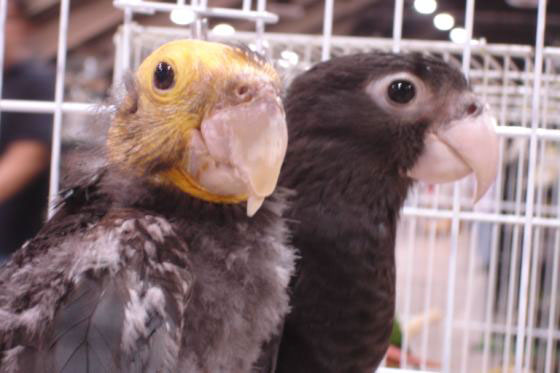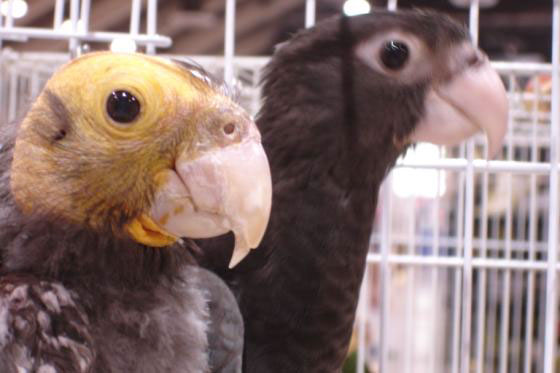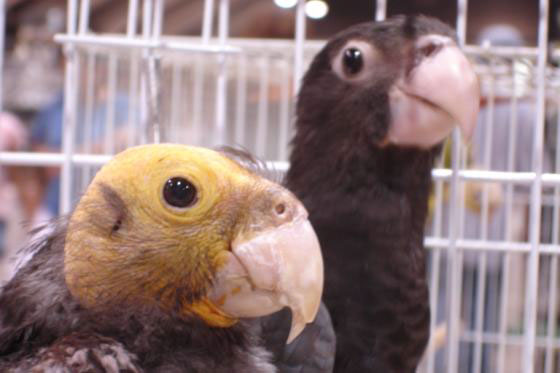|
|
|
|
(new photos!) |
|
(new photos!) |
|
|
|
|
|
|
index page
The Greater Vasa Parrot
(Sorry, Vasa Parrots are currently not available for sale)
|
|
|
|
(new photos!) |
|
(new photos!) |
|
|
|
|
|
|




| go to baby Vasa Parrots photo | return to contents page |
| go to Vasa photos page | go to African Parrot Poster |